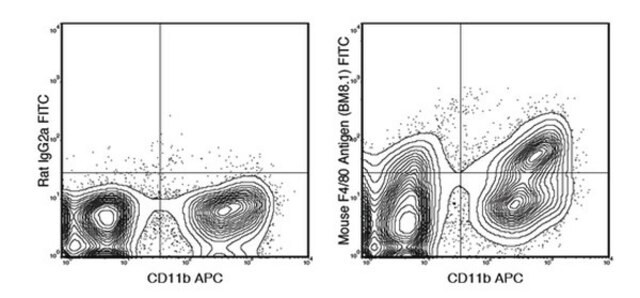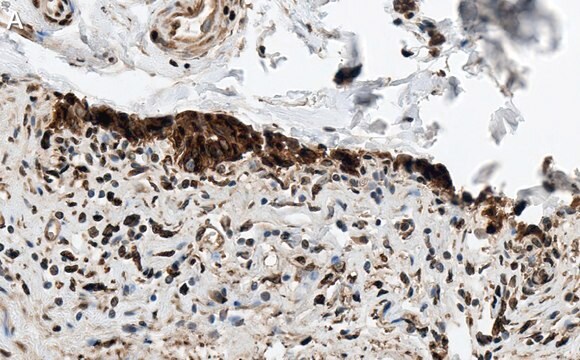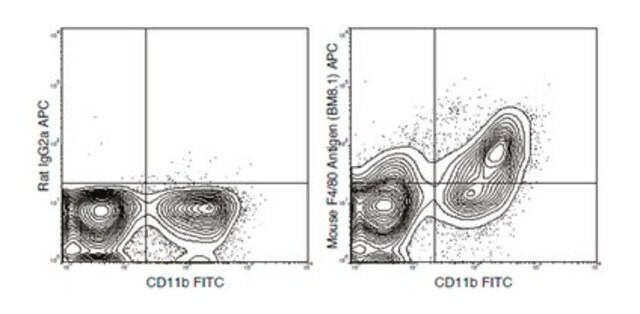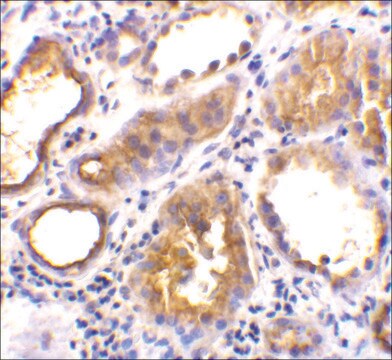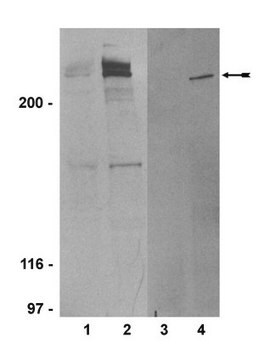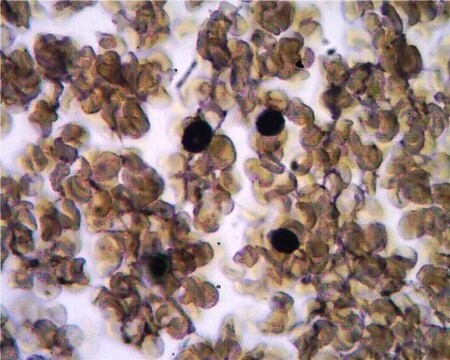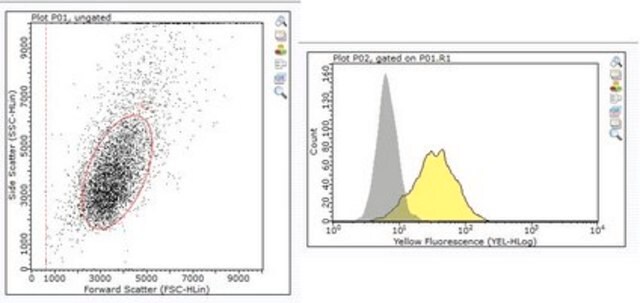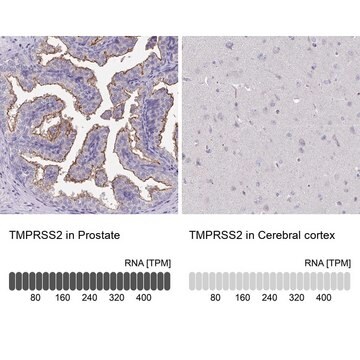MABS1955
Anti-mtHsp70 Antibody, clone JG1
clone JG1, from mouse
Synonyme(s) :
Heat shock 70 kDa protein 1A, Heat shock 70 kDa protein 3, HSP70.3, Hsp68, PBP74
About This Item
Produits recommandés
Source biologique
mouse
Forme d'anticorps
purified immunoglobulin
Type de produit anticorps
primary antibodies
Clone
JG1, monoclonal
Espèces réactives
human, mouse
Réactivité de l'espèce (prédite par homologie)
hamster (based on 100% sequence homology)
Conditionnement
antibody small pack of 25 μL
Technique(s)
ELISA: suitable
immunocytochemistry: suitable
immunoprecipitation (IP): suitable
western blot: suitable
Isotype
IgG3κ
Numéro d'accès NCBI
Numéro d'accès UniProt
Modification post-traductionnelle de la cible
unmodified
Informations sur le gène
mouse ... Hspa1A(193740)
Description générale
gradually deacetylated by HDAC4 at later stages. Its acetylation enhances its chaperone activity and determines whether it will function as a chaperone for protein refolding or degradation by controlling its binding to co-chaperones HOPX and STUB1. The acetylated form and the non-acetylated form are shown to bind to HOPX and STUB1, respectively. It contains four ATP-binding regions and its N-terminal nucleotide binding domain (NBD; ATPase domain) is responsible for binding and hydrolyzing ATP. Its substrate binding domain (SBD) is localized to the C-terminal region. When ADP is bound in the NBD, a conformational change enhances the affinity of the SBD for client proteins. (Ref.: Green, JM et al. (1995). Hybridoma 14(4); 347-354).
Spécificité
Immunogène
Application
Signaling
Immunocytochemistry Analysis: A representative lot detected mtHsp70 in Immunocytochemistry applications (Green, J.M., et. al. (1995). Hybridoma. 14(4):347-54; McCormick, A.L., et. al. (2005). J Virol. 79(19):12205-17).
Immunoprecipitation Analysis: A representative lot immunoprecipitated mtHsp70 in Immunoprecipitation applications (Green, J.M., et. al. (1995). Hybridoma. 14(4):347-54).
ELISA Analysis: A representative lot detected mtHsp70 in ELISA applications (Green, J.M., et. al. (1995). Hybridoma. 14(4):347-54).
Western Blotting Analysis: A representative lot detected mtHsp70 in Western Blotting applications (Green, J.M., et. al. (1995). Hybridoma. 14(4):347-54).
Qualité
Western Blotting Analysis: 1:500 dilution of this antibody detected mtHsp70 in MCF7-10A cell lysate.
Description de la cible
Forme physique
Stockage et stabilité
Autres remarques
Clause de non-responsabilité
Vous ne trouvez pas le bon produit ?
Essayez notre Outil de sélection de produits.
Code de la classe de stockage
12 - Non Combustible Liquids
Classe de danger pour l'eau (WGK)
WGK 2
Point d'éclair (°F)
Not applicable
Point d'éclair (°C)
Not applicable
Certificats d'analyse (COA)
Recherchez un Certificats d'analyse (COA) en saisissant le numéro de lot du produit. Les numéros de lot figurent sur l'étiquette du produit après les mots "Lot" ou "Batch".
Déjà en possession de ce produit ?
Retrouvez la documentation relative aux produits que vous avez récemment achetés dans la Bibliothèque de documents.
Notre équipe de scientifiques dispose d'une expérience dans tous les secteurs de la recherche, notamment en sciences de la vie, science des matériaux, synthèse chimique, chromatographie, analyse et dans de nombreux autres domaines..
Contacter notre Service technique